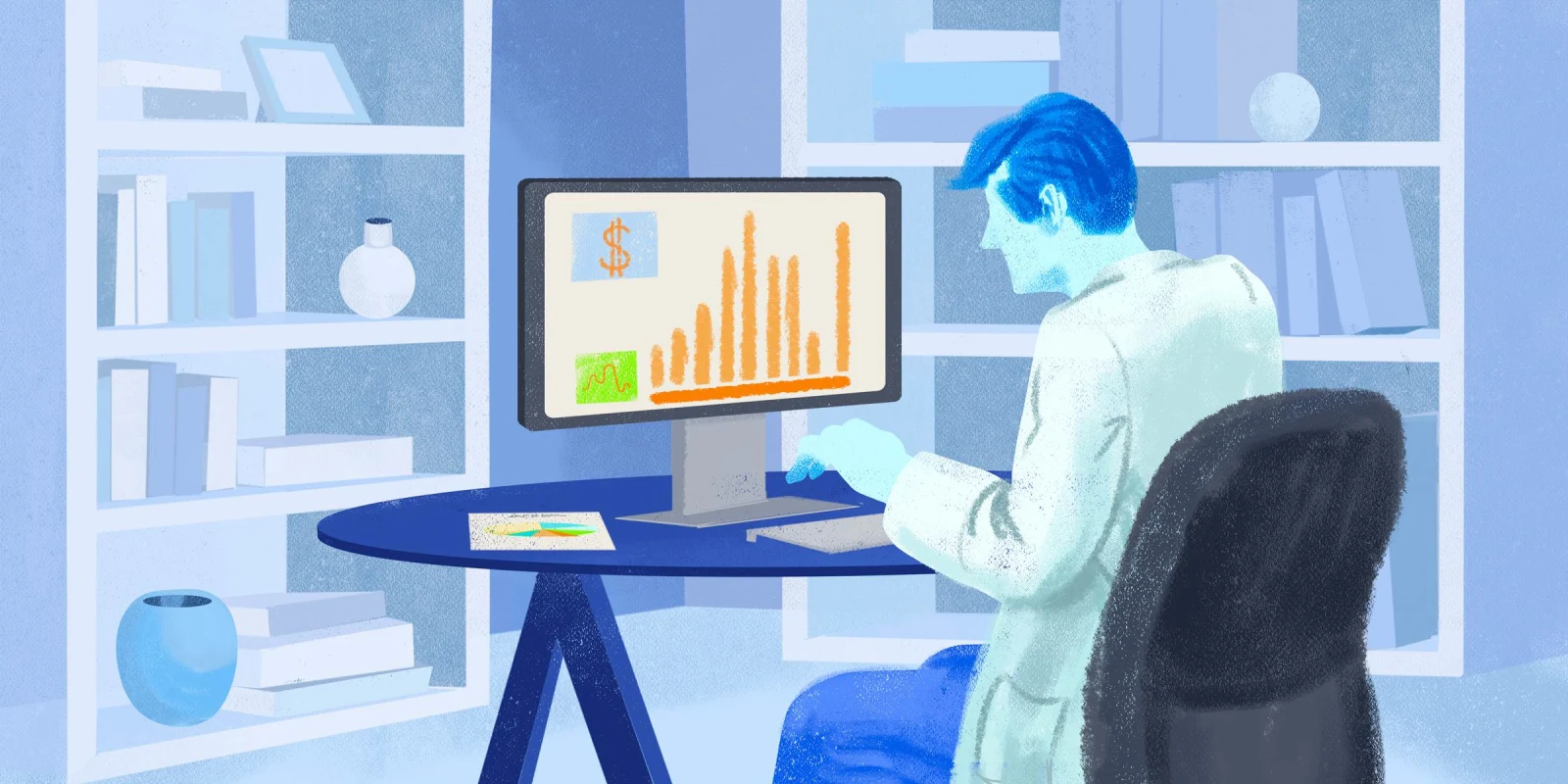In the fast-paced world of medicine, many of you find yourself constrained by the demands of full-time W-2 employment, which can impact your personal and professional lives. I know about this tension from my first 15 years of practice as a traditional employee.
Growing up in a working-class family, my path to livelihood was shaped by the norm of working for someone else. Factory jobs and small businesses defined my pre-professional days, making it the only way I knew to earn a living. As I emerged from residency without any business or personal financial training, the landscape of health care was rapidly changing.
The logical step was signing up for a W-2 employment job with the local hospital. In exchange for relinquishing professional control, I was enticed with a signing bonus, a predictable paycheck with benefits, and the promise of not having to manage the business. This "safe harbor" of medical practice was crafted by corporate employers aiming to woo private practice doctors facing declining reimbursements, escalating overhead, and mounting compliance challenges.
Initially, I marveled at being well-compensated for doing what I loved. Our small two-man group eventually expanded to eight primary care doctors, essentially running our rural hospital. It was a symbiotic relationship, with downstream revenue from our large patient panels contributing to the hospital's financial success.
However, the tide turned with the advent of EHR and a merger with a larger regional hospital. Suddenly, we found ourselves grappling with long hours of medical charting while at home, understaffing, clinic inefficiencies, and the unwelcome request for a pay cut. Feeling like controlled cogs in the corporate wheel, most of the group sought new opportunities.
During this pivotal moment, I explored various options with business consultants who prompted me to assess my assets and introduced me to innovative business models for physicians. I chose to stay with the hospital as a long-term independent contractor by starting my own micro-corporation and then used it with an employment-lite agreement. The change to a business-to-business professional services contract was invisible to the community and other physician employees, but transformative behind the scenes. This decision also opened up opportunities for additional streams of self-employment income.
Transitioning from being a traditional employee to becoming a self-employed professional through a micro-corporation not only restored my autonomy but also greatly improved my well-being and financial outlook. It's a change I strongly advocate every traditionally employed doctor to consider, even if you do it gradually, because it allows you to regain control over your life.
By accepting financial incentives and predictable pay as traditional employees, most of you are giving up one of the most valuable assets earned through your medical training: your professional autonomy. However, self-employment through a micro-corporation offers a way to preserve your agency as a professional and maintain control over your work. In contrast, traditional employment gradually erodes your autonomy, as loss of control is inherent in the definition of being an employee.
In my opinion, doctors were not meant to be controlled as mere employees in the practice of medicine. When we are forced into becoming indentured servants to large corporations, we often suffer from moral injury. This has tragic consequences for both doctors and patients, as medical care becomes transactionally reduced to being impersonal cogs in a large corporate wheel.
As a fellow physician, I understand and empathize with the challenges you encounter when navigating the marketplace. Drawing from my personal experience, I strongly advocate for you to incorporate yourself and enter the market as a micro-business, rather than as an individual taxpayer.
From my experience speaking to doctors all over the country, I have observed three primary mindset obstacles that they often face when considering self-employment, especially if they have already entered the market as a traditional employee. Those include:
All or Nothing Mentality: Many of you believe your binary choice is to enter the marketplace as a W-2 employee or a self-employed 1099 worker. However, the reality is that you can do both simultaneously. This false dilemma erroneously imposes limitations on your available options.
Fear of Managing a Business: Unlike private practice, being a professional micro-corporation doesn't necessitate complex management; it's a streamlined process with minimal overhead and only self-management.
Business Knowledge Deficit: There is no doubt your medical training has left you deficient here, but you can overcome this due to your passion for lifelong learning and your aptitude. Once you find reliable sources of practical micro-business information, your newfound knowledge can empower you through the enhancement of your small business competency. This, in turn, will help you overcome your reliance on large corporate employers.
Ultimately, advocating for yourself in the marketplace is crucial because you cannot rely on large corporations to guide you in the right direction. It is up to you to take charge and empower yourself. I recommend you take the following four steps to proactively regain your professional autonomy.
Four Steps to Self-Employment Empowerment
Create Margin for Self-Employment and Well-Being: Negotiate a downshift in your employment position to less than 1.0 FTE and create margin for new professional work, prioritizing personal well-being. This strategic move allows room for self-employment through a professional micro-corporation to be interwoven with your W-2 job, a concept known as job stacking. Job stacking involves maintaining your primary W-2 job while also adding income from other 1099 work sources.
Establish Your Micro-Corporation: Start your professional micro-corporation as the capstone to your training and utilize it for self-employment opportunities, maximizing your tax efficiency and wealth accumulation planning.
Ease into Self-Employment: Gradually incorporate self-employment opportunities, like side jobs, to ease into entrepreneurship, navigating the transition comfortably.
Future Adjustments: Over time, make further adjustments to reduce reliance on W-2 income, gaining greater control over your professional destiny.
Traditional employment is here to stay, but it doesn’t have to be your single source of professional work nor does it need to exert 100% control over your professional life. Every employed physician has the potential to redefine their professional trajectory. A small change, such as reducing your employment work hours, can serve as a catalyst for transformative professional freedom. It can open the door for self-employment leading to enhanced job satisfaction, reduced burnout, and enable you to thrive in your career while supporting your overall well-being. Consider making this change in the architecture of your work life as it could be the key to unlocking your potential and flourishing in the ever-evolving landscape of health care.
What are your thoughts on self-employment? Share in the comments.
Tod Stillson, MD a family physician, entrepreneur, and author of Doctor Incorporated: Stop the Insanity of Traditional Employment and Preserve Your Professional Autonomy. He can be reached at SimpliMD where he inspires and informs doctors about the benefits of micro-incorporation through his content and regular blog posts titled The Truth. Follow him on Facebook, Instagram, and X @DrInc9, or join his Facebook community for doctors, Every Doctor Is A Business.
Illustration by Jennifer Bogartz







